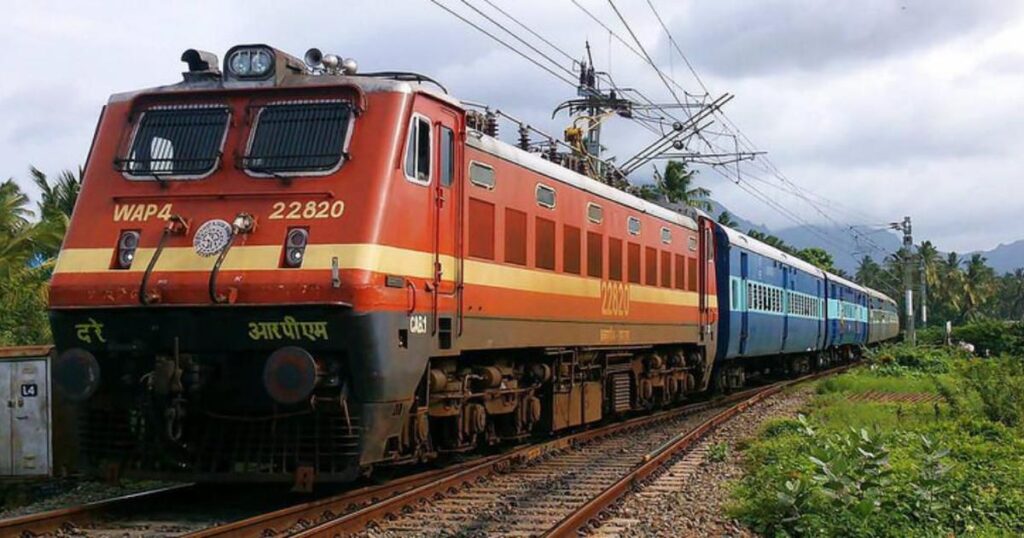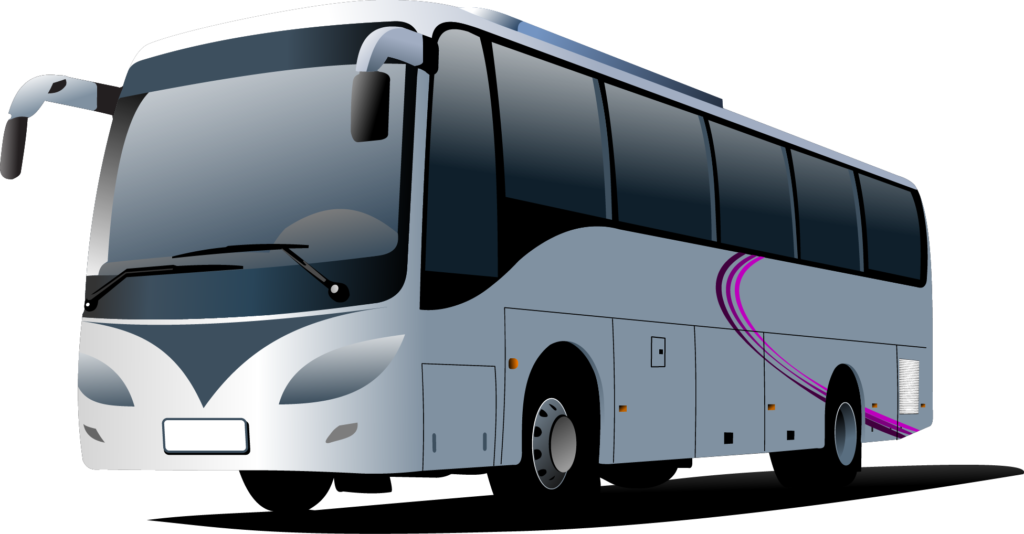Train and Bus Booking
Train and bus booking refer to the process of reserving seats or tickets for travel on trains and buses, respectively. These modes of transportation are commonly used for both short and long-distance travel, and the booking process ensures passengers have a confirmed seat or space on their chosen route. Here’s a detailed description of train and bus booking:
Train Booking:
1. Selection of Route: Passengers begin by deciding on their desired train route. This may involve choosing the departure and destination stations and selecting a specific train service based on the schedule and availability.
2. Booking Channel: Train tickets can be booked through various channels, including:
– Online Booking: Passengers can use official railway websites or third-party booking platforms to make reservations. They can select the date, train, and class of service, and pay online using various payment methods.
– Offline Booking: Tickets can also be purchased at railway stations or authorized ticket counters. Passengers can approach booking counters, provide their travel details, and make the payment in cash or card.

3. Class of Service: Most train services offer different classes of service, such as first class, second class, sleeper class, and more. Passengers choose their preferred class based on comfort, budget, and availability.
4. Ticket Confirmation: After the booking is complete, passengers receive a booking confirmation with details like the train number, departure time, seat or berth number, and fare.
5. Boarding: On the day of travel, passengers arrive at the train station well in advance, typically with a printed or digital copy of their ticket. They go through security checks, locate their platform, and board the train at the designated time.
Bus Booking
1. Route Selection: Passengers start by determining their bus route, which includes specifying the departure and arrival points and the date and time of travel.
2. Booking Platform: Bus tickets can be booked through various methods:
– Online Booking: Many bus operators have websites or partner with online booking platforms where passengers can select their route, view available buses, choose seat preferences, and make payments using various online methods.
– Bus Terminals and Agents: Tickets can also be purchased directly at bus terminals or from authorized ticket agents. Passengers can inquire about available buses, select their seats, and pay in person.

3. Seat Selection: Passengers may have the option to select their preferred seat on the bus, especially if they book in advance. Some may prefer window seats, while others may opt for aisle seats.
4. Ticket Confirmation: After booking, passengers receive a confirmation with details like the bus operator, departure time, seat number, and fare.
5. Boarding: On the day of travel, passengers arrive at the bus station or designated pickup point with their ticket (printed or digital) and board the bus at the specified time. Bus services typically have designated stops along the route for passengers to embark and disembark.
Both train and bus booking processes aim to streamline travel arrangements, ensuring passengers have a convenient and comfortable journey. The specific steps and options available may vary by location, transportation provider, and mode of booking.
